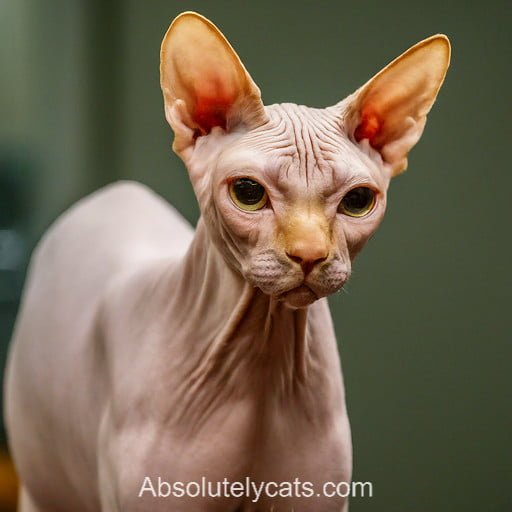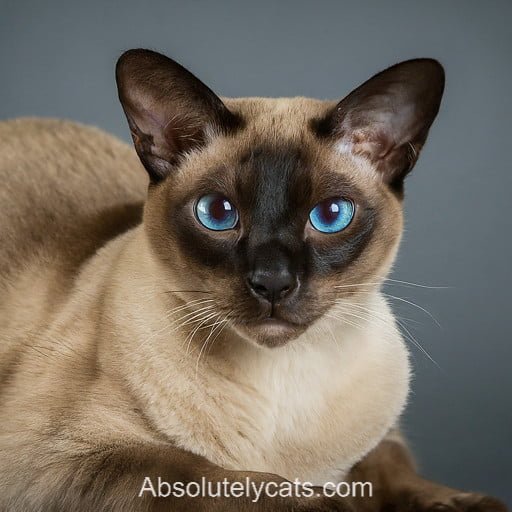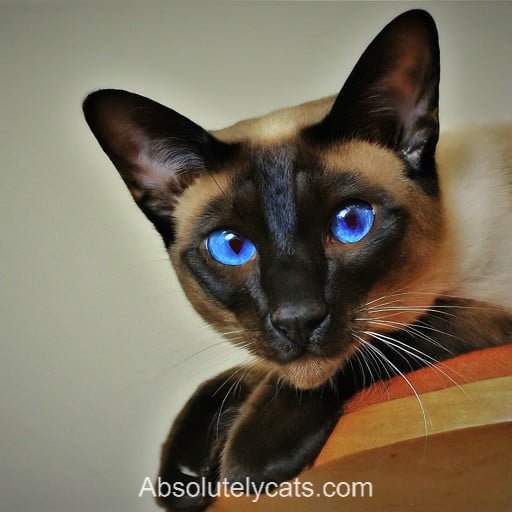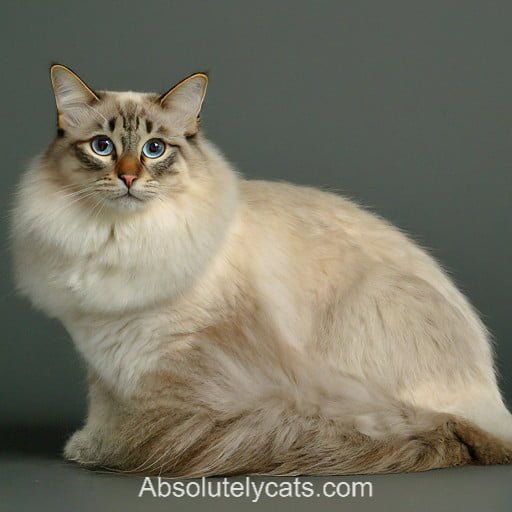
Are you curious about the unique and captivating Sphynx cat breed? We’ll delve into the fascinating world of these hairless felines, uncovering their distinctive characteristics and charming personalities.
With their striking appearance and affectionate nature, Sphynx cats have captured the hearts of many cat enthusiasts around the globe. Let’s explore what makes these bald beauties special and why they make wonderful companions for those seeking a loyal and loving pet.
Join us as we uncover the secrets behind the Sphynx cat’s mysterious allure and debunk common myths surrounding this extraordinary breed. Whether you’re a seasoned Sphynx owner or simply intrigued by these enchanting creatures, we’ve got you covered with all the essential information you need to know.
History of the Sphynx Cat
The history of the Sphynx cat is as intriguing as its appearance. Contrary to popular belief, these hairless felines were not the result of genetic mutations but rather a result of selective breeding. Here are some key points that shed light on the origins of the Sphynx cat:
- Originated in Toronto, Canada in 1966
- Result of a natural genetic mutation
- Bred selectively to maintain the hairless trait
Sphynx cats quickly gained popularity due to their unique look and playful personalities. Despite initial skepticism, the breed garnered a strong following and has become a beloved pet choice for many cat lovers globally.
Physical Characteristics
When it comes to Sphynx cats, their distinctive appearance sets them apart from other breeds. Here are some key physical characteristics that define the Sphynx breed:
- Hairlessness: Sphynx cats are known for their lack of a coat, which, contrary to popular belief, does not mean they are hypoallergenic.
- Skin Texture: Their skin feels soft and warm to the touch, often likened to a suede-covered hot water bottle.
- Large Ears: Sporting oversized ears, Sphynx cats have a striking feature that enhances their facial expression.
- Muscular Build: Despite their hairless look, these cats have a muscular and sturdy build.
- Wrinkled Skin: Sphynx cats often have wrinkles, especially around the legs, neck, and face.
In addition to their unique physical features, Sphynx cats are charming, energetic companions that thrive on human interaction.
Personality and Temperament
When it comes to Personality and Temperament, Sphynx cats are known for their affectionate and friendly nature. They are often described as curious and playful creatures, always eager to explore their surroundings and interact with their human companions.
One fascinating aspect of Sphynx cats is their love for warmth. Due to their lack of fur, they seek out cozy spots and are often found snuggled up under blankets or basking in the sun. This behavior makes them endearing pets, as they will not hesitate to cuddle up to their owners for some extra warmth.
In addition to their sociable nature, Sphynx cats are also known for their intelligence. They can easily learn tricks and enjoy interactive toys that stimulate their mental abilities. These smart felines thrive on engagement and require mental stimulation to keep them happy and entertained.
Overall, the Personality and Temperament of Sphynx cats make them charming and entertaining companions for those seeking a pet that is not only unique in appearance but also full of character.
| Trait | Description |
|---|---|
| Affectionate | Known for being loving |
| Friendly | Sociable and approachable |
| Curious | Always exploring new things |
| Playful | Energetic and fun-loving |
| Love for warmth | Enjoys cuddling for warmth |
| Intelligent | Quick to learn and adapt |
| Sociable | Enjoys human company |
| Smart | Capable of problem-solving |
| Charming | Wins hearts with their nature |
| Entertaining | Keeps owners amused |
Care and Maintenance
Caring for a Sphynx cat involves some unique considerations due to their lack of hair. Here are some essential tips to ensure your Sphynx stays healthy and happy:
- Grooming: Contrary to popular belief, Sphynx cats do require grooming. Wipe them down regularly with a damp cloth to remove excess oils on their skin. Trim their nails and clean their ears to prevent infections.
- Bathing: Yes, you read that right! Sphynx cats need regular baths to remove dirt and oils from their skin. Use a gentle cat shampoo and warm water to bathe them once every 1-2 weeks.
- Sun Protection: Protect your Sphynx from direct sunlight, as they can easily get sunburned. If they enjoy sunbathing, ensure they have access to shady areas or use pet-safe sunscreen.
- Warmth: Sphynx cats are sensitive to cold temperatures due to their hairless nature. Please provide them with warm bedding and cozy blankets, and ensure your home is comfortably heated.
- Nutrition: Feed your Sphynx cat a balanced diet to maintain their health. Please consult your vet for specialized diets that meet their unique dietary needs.
| Stat | Data |
|---|---|
| Lifespan | 14-20 years |
| Weight | 6-12 pounds |
| Origin | Canada |
- Health Check-ups: Regular veterinary check-ups are crucial to monitor your Sphynx’s health. Keep up with vaccinations, dental care, and any other health concerns that may arise.
Taking these steps will help ensure that your Sphynx cat thrives and remains a happy and healthy companion in your home.
Sphynx Cat Myths Debunked
When it comes to Sphynx cats, there are several myths circulating that are important to address. Let’s debunk some common misconceptions surrounding these unique felines:
- Myth: Sphynx cats are completely hypoallergenic.
- Fact: While Sphynx cats may produce fewer allergens compared to other breeds, they are not entirely hypoallergenic. Their skin still produces dander, which can trigger allergic reactions in some individuals.
- Myth: Sphynx cats need constant bathing due to their lack of fur.
- Fact: Contrary to popular belief, Sphynx cats do not require frequent baths. Over-bathing can strip their skin of natural oils, leading to skin issues. A bath once a month or as needed is usually sufficient.
- Myth: Sphynx cats are always cold and need to be dressed in clothes.
- Fact: Sphynx cats regulate their body temperature differently than furred cats. While they may seek warmth, they can also overheat if too bundled up. Providing a warm environment and cozy spots to snuggle in is usually more than enough to keep them comfortable.
By debunking these myths, we can better understand the unique care needs of Sphynx cats and ensure they lead happy and healthy lives.
Key Takeaways
- Sphynx cats originated in Toronto, Canada, in 1966 and were selectively bred for their hairless trait.
- Physical characteristics of Sphynx cats include hairlessness, soft and warm skin texture, large ears, muscular build, and wrinkled skin.
- Sphynx cats are known for their affectionate, friendly, and intelligent nature, seeking warmth and human interaction.
- Care and maintenance for Sphynx cats involve regular grooming, baths, sun protection, warmth provision, balanced nutrition, and veterinary check-ups.
- Common myths about Sphynx cats include their hypoallergenic nature, bathing needs, and requirement for clothing for warmth.
Conclusion
Taking care of Sphynx cats involves a few key aspects like grooming, bathing, sun protection, warmth, nutrition, and health check-ups. By dispelling common myths about these unique felines, we can better cater to their specific needs. Remember, Sphynx cats aren’t entirely hypoallergenic, don’t always need frequent baths, and may not require clothing for warmth all the time. Understanding these facts is crucial for ensuring the well-being and happiness of our Sphynx companions. Let’s continue to provide the love and care these special cats deserve, making sure they thrive in our homes.

Tammy is the passionate cat enthusiast behind Absolutely Cats. Her journey began with a childhood filled with furry companions, leading her to advocate for cat well-being and a connoisseur of all things feline. Tammy’s dedication to the world of cats is evident in every article, guide, and review she pens.






